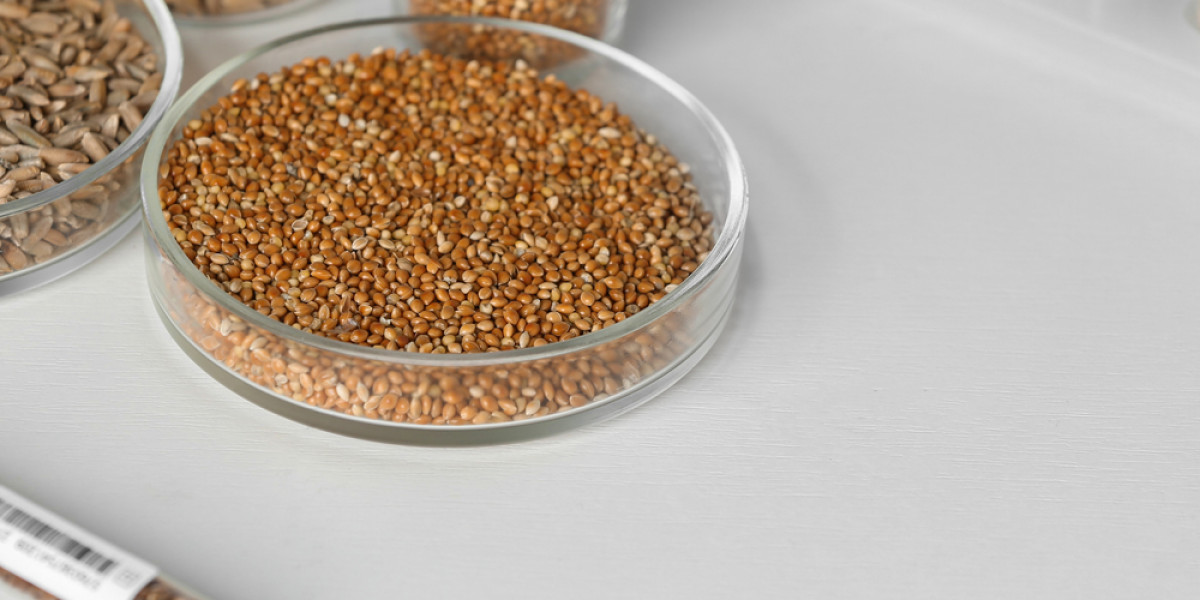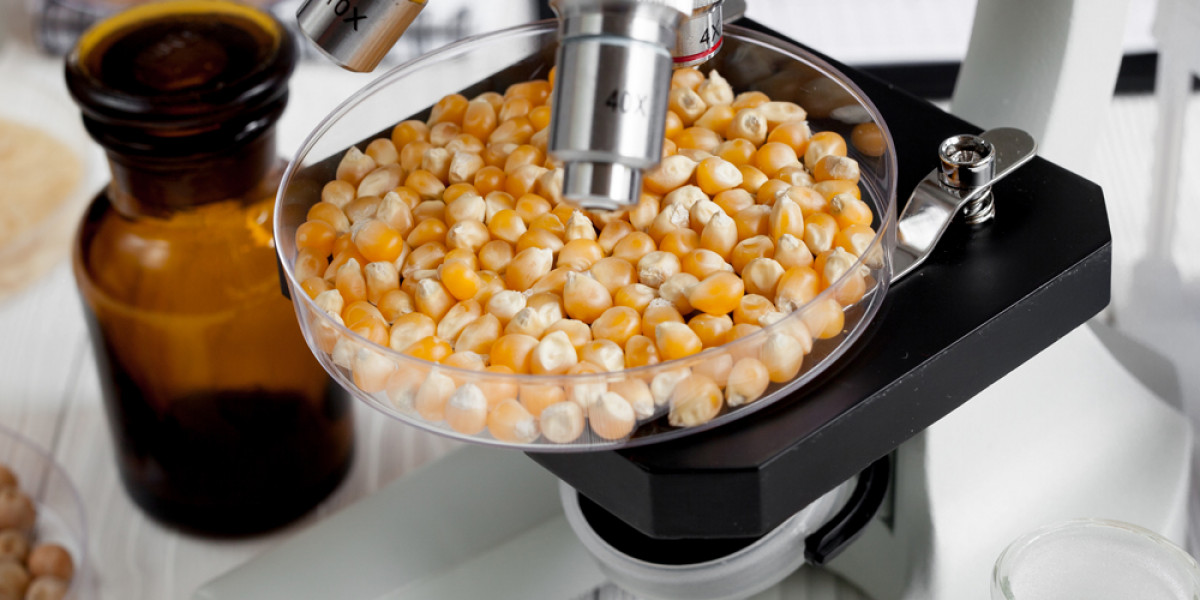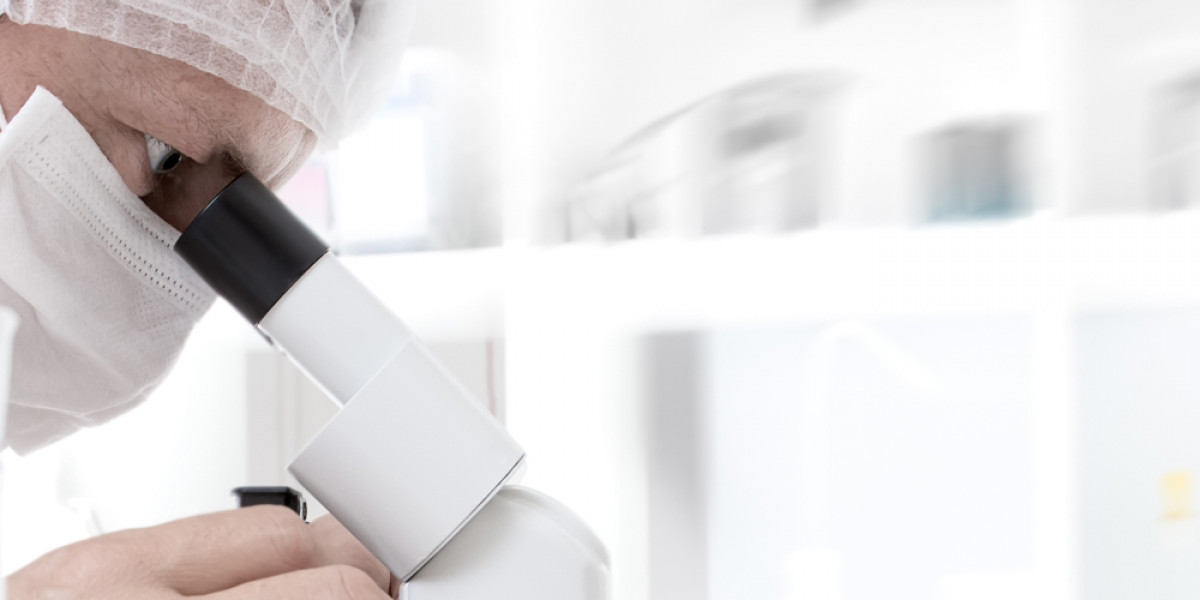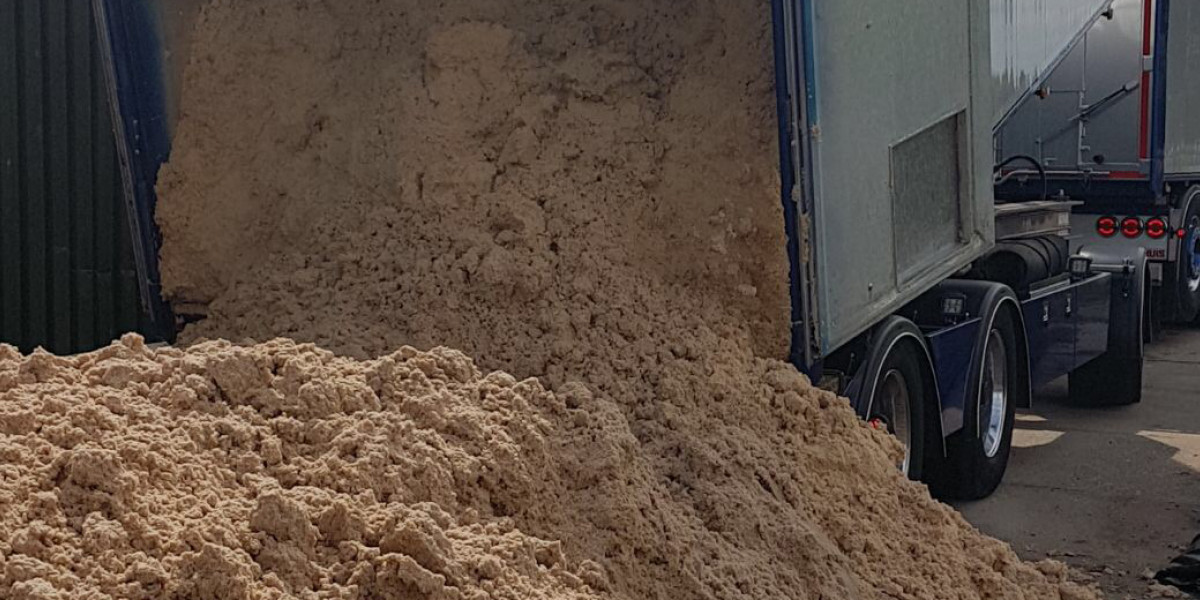SecureFeed contributes to the safety of animal feed. Its main tool is the collective monitoring and risk assessment system for feed ingredients and feed suppliers. SecureFeed manages and develops this system together with its participants. The system is aimed at ensuring the food safety of feed materials, compound feed and feed additives delivered directly to livestock farmers.
SecureFeed operates with a 'double green light' methodology. Participants are required to enter their supplier-product combinations (abbreviated as LPCs) into the SecureFeed database. Subsequently, only known and approved LPCs are being processed. The database entails approximately 1,800 suppliers with around 650 (feed) products. This amounts to 4,600 LPCs in total.
With the application of the monitoring and risk assessment system, participants of SecureFeed fulfil a number of requirements for GMP+ FSA certification. Therefore, SecureFeed is a collective supplement to GMP+ FSA or comparable schemes. The monitoring plan is adjusted to the risk profile of animal feed. Additionally, SecureFeed sets collective, non-statutory action- and rejection limits for certain (natural) contaminants.
Monitoring of animal feed for potential contaminants is an important part of the SecureFeed assurance system.
SecureFeed classifies animal feed according to risk profile. The risk can be graded as low, medium or high and is related to the nature of the product or other factors such as (country of) origin.
Supply of safe products is of importance for suppliers and producers. Therefore the products are tested on the presence of contaminants. For many compounds legal limits are adopted by law.
The core of SecureFeed's work is risk management. With pro-active and preventive measures, the animal feed sector tries to detect, minimise and eliminate risks.
Assessing a pesticide analysis result found in feed materials is complex. This involves various European and national laws and in some cases a risk assessment will have to be made to assess feed safety.





